The latest film in SmugMug's behind-the-lens look at the world’s most exciting photographers and their work is Dreams of a Digital Artist by Canadian photographer and model, Renee Robyn.
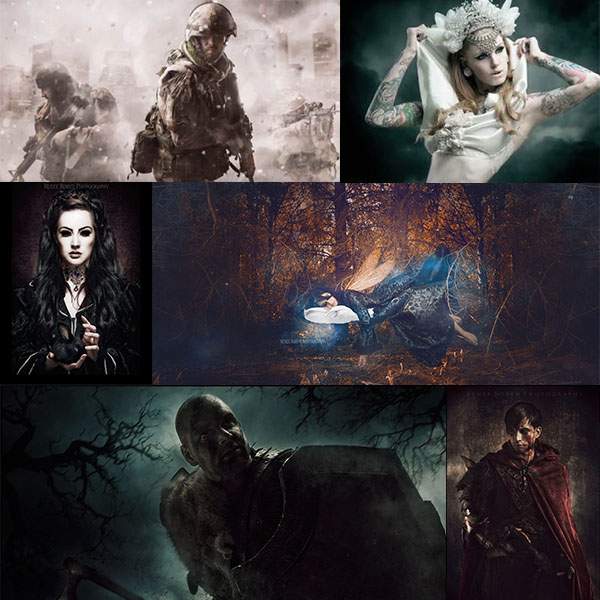
After a devastating motorcycle crash that almost took her life and left her unable to walk, Renee Robyn could have let the accident destroy her, but instead, she turned to the mystical world of digital arts creating surreal and mysterious worlds that stretch the boundaries of imagination - her body was immobile, but her mind was free to fly.
Renee Robyn’s Film, Dreams of a Digital Artist, launched recently and provides insight into how a digital artist shapes their work. After watching, read a few tips from Renee on how to create epic digital art.
Renee Robyn’s Top Tips for Creating Epic Digital Art
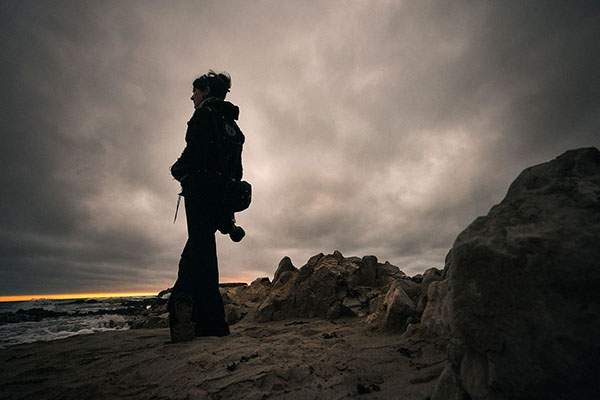
1. Look for inspiration everywhere.
I read way too many fantasy books, and I probably played too many video games. When you’re creative, I don’t think the ideas come from you. I think they come from the universal ooze, and you channel them into existence. You bring something into reality that wants to be here and is looking for the right translator. Your job as an artist and as a creator is to take that content from something that isn’t tangible into something that is.
Look around—every single image is like playing with a Rubik’s cube. Turn things around and eventually you’ll find something that works. Look at draping and lines, colors, body shape, and personality. Take it all in and mash it together.

2. Immerse your models and make them comfortable in the story.
When you’re doing portrait photography, it’s really psychology. You have to be able to communicate and make your subjects feel comfortable. Most women need to feel safe, and they need to feel heard. Most men like to feel strong and powerful. You have to consider these things because not everyone is going to behave the same way, particularly if they’re not comfortable in front of the camera. Experienced models are a different story, but not all of us shoot pro models day in and day out.
When it comes to composite images, your models can’t see what you see. You can show them the background pieces, the idea of it, and then tell them to imagine themselves running there. If I want to create a wonderful portrait, I’ll say, “Imagine you’re running through a field full of magical flowers,” and shit like that. As soon as people start to imagine that, with the way neuroscience works, the brain starts dumping all these chemicals into the body and these tiny physical changes start to happen. And all these tiny changes are what will take their posing from good to great. You can’t tell someone, “Look sexy,” if they don’t feel sexy. It just looks awkward. Same goes for storytelling poses.
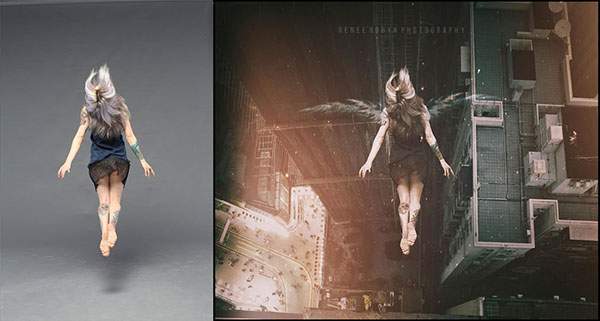
3. Photograph with the end story in mind.
I shoot most of my stuff on grey paper. For me, it makes it easier to isolate my subject for compositing later on. It’s not for everyone, because our styles are all very unique. I cringe at the thought of a green screen, but I know many digital artists who use them with great success.
Light for the environment you’re going to put your subject in. For example, in the “Leap of Faith” shot, I lit my model with an octabox on a boom overhead for a large, soft light source. But then I got shadows around the sides of her body, which is what’s going to happen when you flat light from the front. When you’re having something jump over the side of the building, though, sunlight will likely be reflecting from everywhere. If you put your hand out, you might see there’s a little bit of a highlight coming from beneath because something is reflecting. So I added two strobes, one to each side of her, and I bounced them off the wall to gently fill in those shadows a little bit. This made the final composite more realistic, since my lighting more closely matched the environmental conditions I was going to put her in. I actually will photograph my hands a lot when I’m in certain scenarios shooting backgrounds, just so I’ll have a record of how the environmental lighting behaves so I can work with it later with more accuracy.
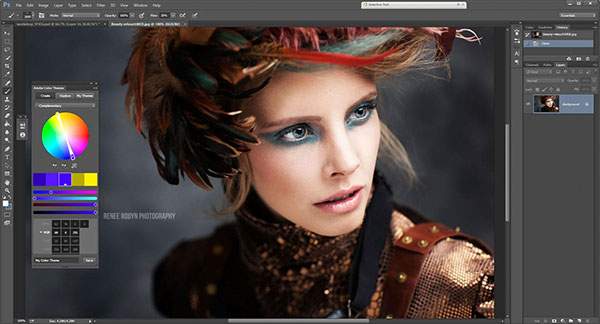
4. Edit non-destructively.
Use brushes, masking, colorizing, liquefying, and, of course, layers. I like to use channels for color, masking, and doing luminosity adjustments. Those are the big ones. My motto, in photography and composite work, is basically push buttons until it sucks less. Try lots of things, and keep an open mind.
Zoom in really, really close, usually 300–400%, and start masking everything. I start with a 30%-ish flow brush, and I’ll change that a lot depending on where I’m working. And I’ll change the hardness of the brush a lot. I use brushes all the time, and I make many of my own as well.
Editing non-destructively always results in tons of layers. Make groups! Groups are awesome. Group that shit! If you build good organizational habits when you’re starting, it gets easier to keep track of what you’re doing once you start building more complicated composites.
5. Use the tools that work best for you.
My go-to tools are Photoshop, a Wacom tablet, and Nik Software. And I like to tether using Capture One version 8. I like to shoot tethered to my laptop so I can see really what’s going on. The screen on the back of the camera is really small, and you can’t really tell if anything is going to match the way you want it to. I can start lining things up more accurately when I shoot tethered.
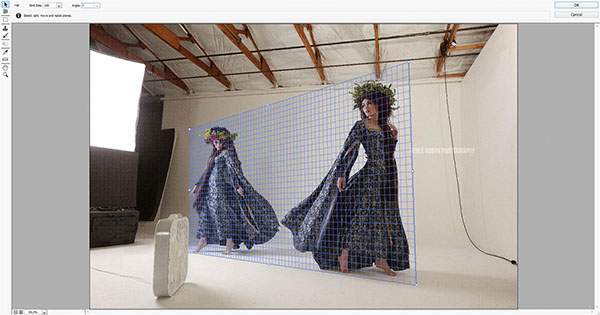
6. Make time to understand the basics.
Understand color theory. Understand vanishing point. Understand lighting and contrast. Then understand how to tell stories. Understand what makes great storytelling.
I took shortcuts when I was learning in my career, and it’s making things now a little bit harder for me. I have to go back and relearn those basics so I can make my artwork better in the future. Shortcuts aren’t really saving you much time. I think to be a really great artist, it helps to understand why color behaves the way it does. When you’re making images, colors are very important, regardless of what you choose to shoot.
There’s this really awesome book out there. It’s dry as fuck, but if you want to learn color theory, it’s the best one out there. It’s called Interaction of Color, by Josef Albers. If you want to learn color theory, it’s awesome. It’ll probably take you a year to get through it because you read it for a little bit and you fall asleep. However, the guy knows his shit, and it’s fabulous.
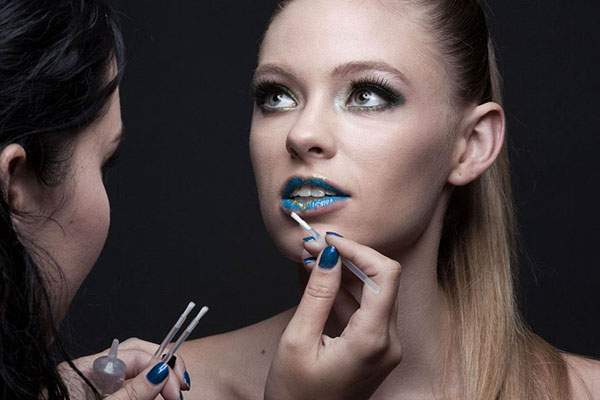
It sounds like a lot to take in, but anything we do that is a search to feed our creative souls often can be, and there’s nothing wrong with that. I often suggest taking classes that have nothing to do with photography. Creative writing, painting, sculpting, fashion, makeup, hair, sketching, even driving courses can all teach you things you can translate into your images. It doesn’t mean you have to go out and sign up for a two-year program at a high-end beauty college, but taking evening or weekend classes can just give you a different perspective on your existing process and teach you something you never thought of before.
The first time I sat down with a makeup artist and told her, “Okay, explain the basic stuff to me,” it totally changed my world and how I communicate to my teams.
Now, get out there, and be the most awesome version of yourself that you can be.
Smugmug lets you create stunning photo and video websites for you, for your family, or for your business. SmugMug films shares the experiences of the world’s most exciting photographers and the work they do. Previous Films follow NASA astronaut and photographer Don Pettit taking breath taking pictures of earth, and extreme surf photographer Chris Burkard.
To see more visit https://www.smugmug.com/films